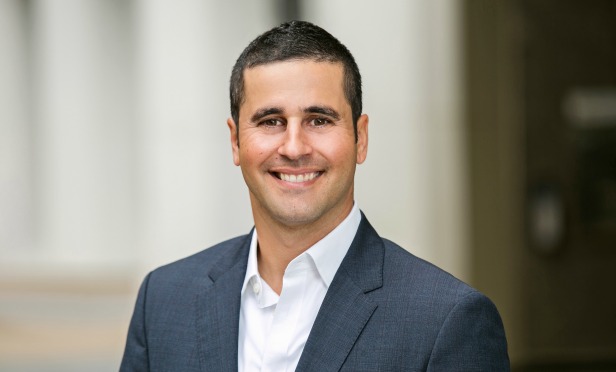 Shlomi Ronen is the managing principal and founder of Dekel Capital.
Shlomi Ronen is the managing principal and founder of Dekel Capital.
The fourth quarter will be a borrowers market, thanks to a growing increase of new lending sources. This year, new lenders have routinely entered the market, particularly in the bridge lending space. As a result, lenders are loosening underwriting standards and reducing spreads in order to meet production goals, and this competition has allowed borrowers to dictate terms. This liquidity in the market will fuel activity in the fourth quarter as well as in through 2019.
“This has been slowly evolving. As we have seen more lenders formed and more companies getting into the lending space, it has created so much competition,” Shlomi Ronen, managing principal and founder at Dekel Capital, tells GlobeSt.com. “That has really tipped the scales to the side of the borrowers. I think that we were in some kind of equilibrium in the earlier part of the year, and it feels like we are now starting to see borrowers able to dictate some of the terms because lenders are hungry for deals.”
The liquidity in the market will drive investment activity despite the increase in interest rates—which will likely rise again in December. Ronen says that rising interest rates are a separate issue. “The interest rate increases are something that sponsors have to factor into their business plan,” he explains. “I don't think that lenders have that much margin in their spreads to be able to compress their spreads to offset the rate hikes.” We have seen spread compression. I don't know how much more lenders are going to be able to compress.”
The resurgence of collateralized loan obligation has helped to drive lender entry into the bridge space, which has helped to increase liquidity. “There has been a good amount of appetite for bridge loans in the market,” says Ronen. “The rules of CMBS have changed, and that has made a number of the finance companies look for new lines of business to enter into and the resurgence of the CLO market has made it easier for those companies to set up lending platforms where as those lenders would have had to get warehouse lines to finance their business. Banks generally are still not very active in the bridge lending space, especially with non-recourse money.”
There is money for all deal types and asset classes, a detail that Ronen says makes this a true borrowers market. Ronen says an example of a typical bridge program is a minimum loan amount of $10 million with 90% LTC, 75% LTV, pricing at LIBOR+ mid 2's and non-recourse. Ronen expects these terms to be characteristic in the fourth quarter and into 2019. “There is nothing on the horizon from a regulatory standpoint is really going to slow this down,” he says. “2019 is right around the corner, and I don't see anything that is going to change or change that quickly.”
© 2025 ALM Global, LLC, All Rights Reserved. Request academic re-use from www.copyright.com. All other uses, submit a request to [email protected]. For more information visit Asset & Logo Licensing.







